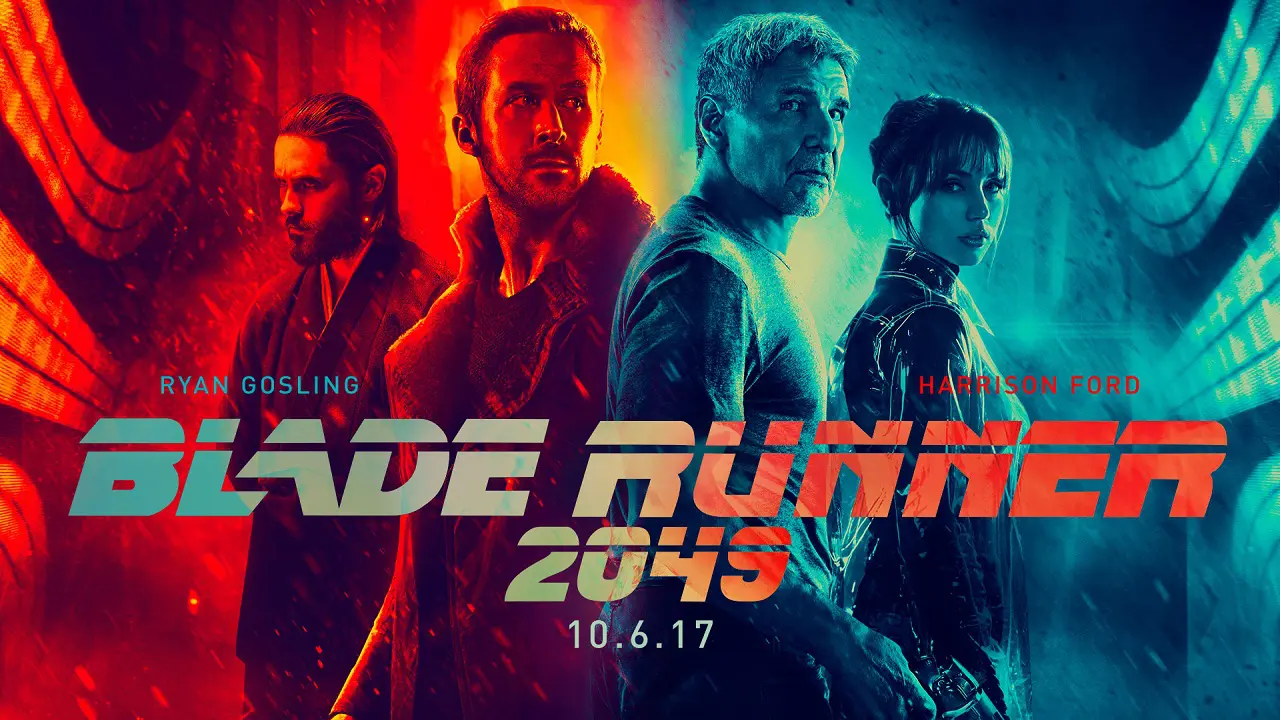For Millennials. By Millennials.
We already established previously how Blade Runner (1982) was arguably the most influential sci-fi film of all time. But, 35 years later, we got its sequel, called Blade Runner 2049. Sci-fi nerds loved it and called it a worthy sequel. But, was it better than the original itself? Let’s find out.
Blade Runner 2049 – How does it compare to the original?
The first thing about any sci-fi movie set up in a dystopian world is the world-building. Viewers are always intrigued to look at the intricacies of the world a film is set in. and both, Blade Runner and Blade Runner 2049 are distinct in their own way.
1. World-building:
Both films give a very unique view of the future that people predicted at the time, even though it’s the same universe. The original Blade Runner focused on just Los Angeles in 2019, and that’s where we stay during the whole film. Their version of 2019 was dystopian, where animals had become a luxury, with only the wealthiest having any access to them. Moreover, humans used cloning technology and genetic engineering to make human clones (replicants) for slave labor on distant colonies. And the look of the world actually did feel familiar to modern-day cities, specifically Tokyo. Does it ring a bell?

However, when it comes to Blade Runner 2049, they expanded on that same universe far more than the original. They showed solar farms, which we all understand now is the only way to go for sustainable energy. Moreover, to compensate for livestock and live animals, humans resorted to edible insect farming, which is the scene where the film began. Moreover, you can clearly see the impact of Climate Change, Global Warming, and pollution.
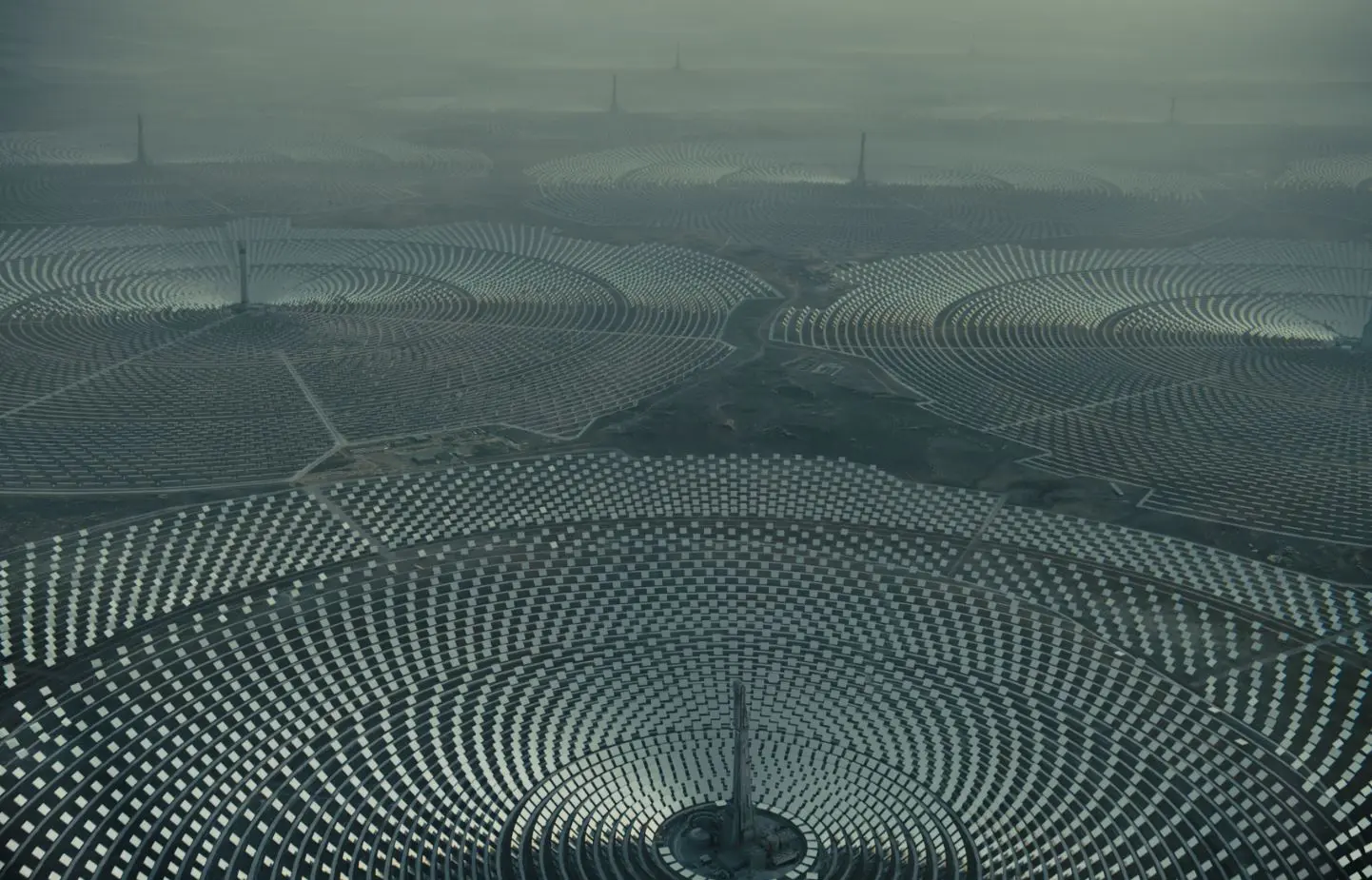
The walls around Los Angeles clearly depicted the rising ocean levels. And the condition of Las Vegas was because of a “dirty bomb” going off, much like a post-nuclear apocalypse. In short, we got a far bigger view of a universe that left us mesmerized in 1982. Therefore, Blade Runner 2049 wins it in the world-building department.
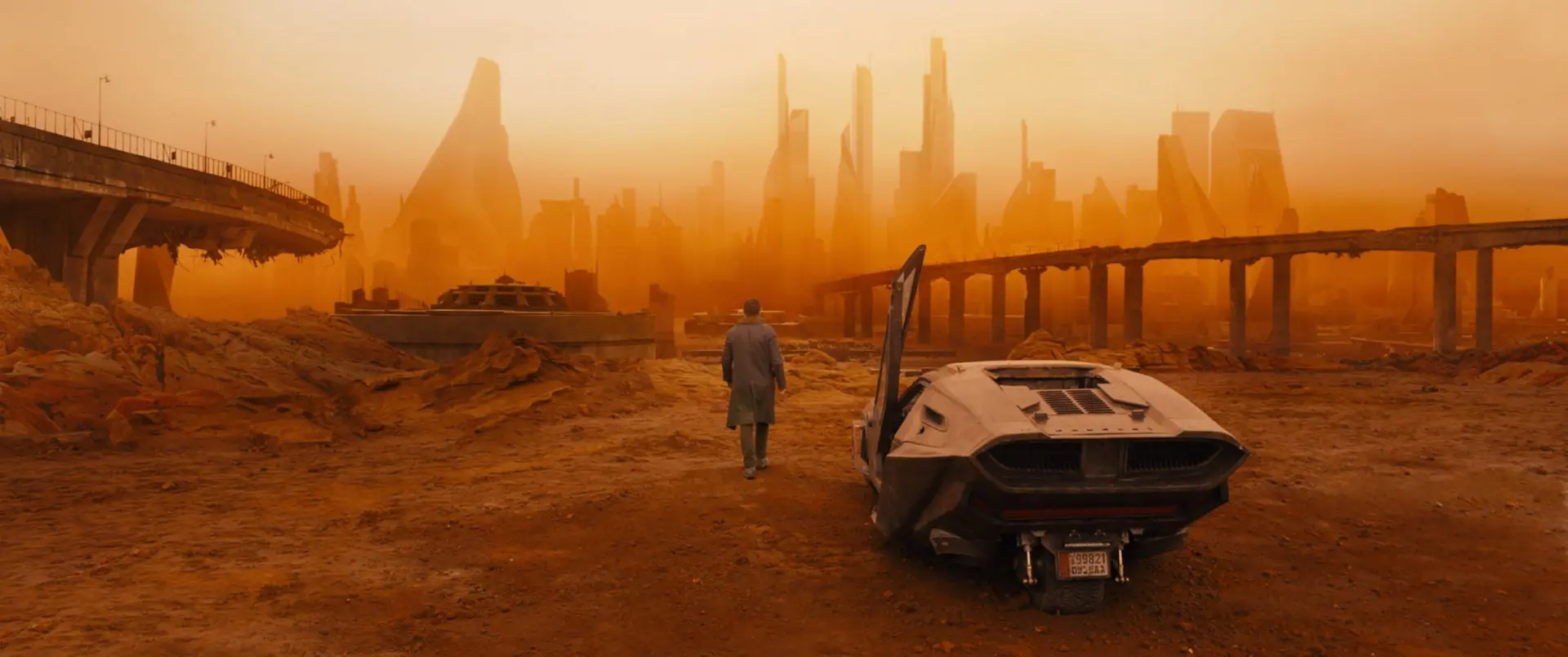
2. The Plot – Expanding on the original
The thing about the original Blade Runner was that it was fairly predictable. We had protagonists Rick Deckard (Harrison Ford) and Rachael (Sean Young), with Deckard falling for Rachael (a replicant), trying to save her from her inevitable doom via death or retiring. All the while, he is battling the rogue replicants, who abandoned their colonies in search of Eldon Tyrell (Joe Turkel), the founder of Tyrell Corporation, hoping that he could help them live longer. By the end, the movie asks us one major question.
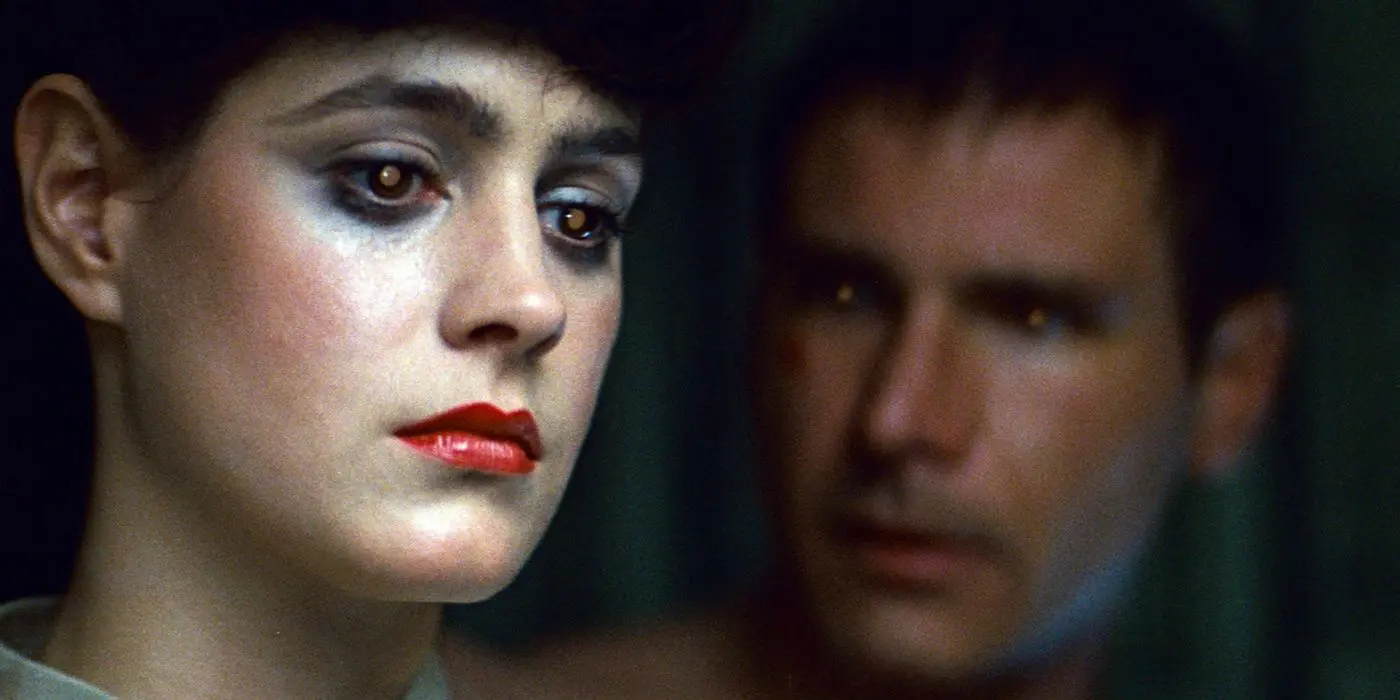
Usually, viewers thought at first that question was whether Rick Deckard himself is a replicant or not. But, the real question the film asks from the viewer is that, does it really matter? If replicants can feel, live, and die the same way that we can, albeit for a shorter period of time, doesn’t that make them just like a human? And isn’t serving them into servitude the same as slavery?
And the best part about Blade Runner 2049 was that it did not care about the viewers at all. The only way you could completely enjoy it was if you had watched the original film, making it a sequel in true sense.
Blade Runner 2049: Subverting expectations
With Blade Runner 2049, Director Denis Villeneuve worked with Ridley Scott and others and further explored that very question asked. In 2049, the replicants have the same lifespan as humans, with the only exception being that they cannot reproduce. But, it turns out that Rachael had evolved the capability to reproduce as well, giving birth to a daughter. It further expands on that question that does it matter if you are a replicant or a human, even when the latter can reproduce now?
Moreover, the plot from Blade Runner 2049 was far more mature than the original film. We follow the film from the perspective of Officer K (Ryan Gosling), whom we thought was our protagonist as well. But, the film reveals that he was just an ordinary replicant, subverting our expectations. Moreover, his relationship with Joi (Ana De Armas), the AI companion, raised many questions too. Even though Joi was programmed to love K, what she felt was as real as it gets. She was even okay with being shifted into a remote device, knowing that if the device was destroyed, she would die. To that, Joi replied, “Just like a real girl”. Even though she was programmed to love K, aren’t her emotions still valid just because she felt them? Isn’t K’s life, existence, and love just as valid as a normal human being?
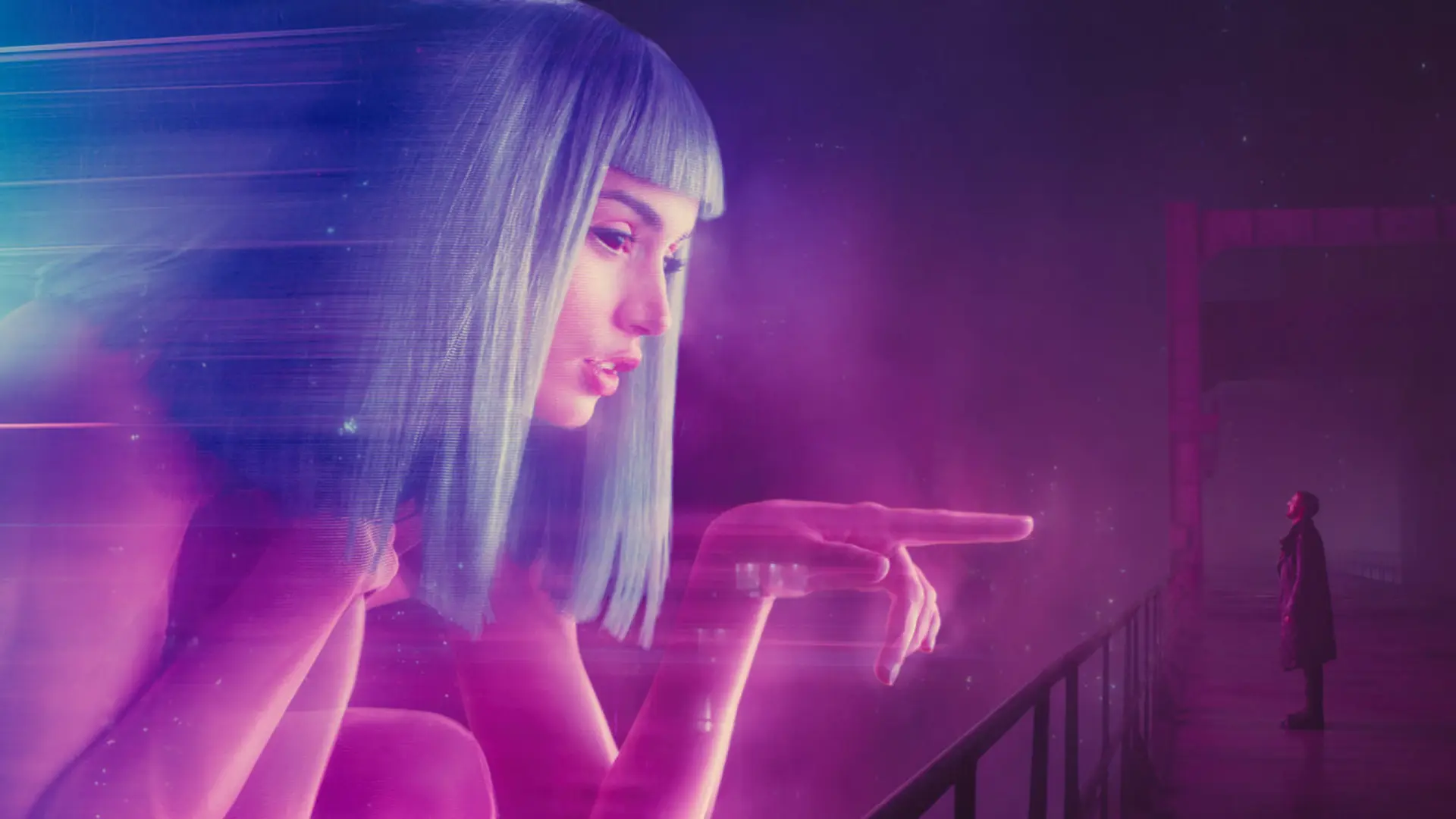
And while this is happening, they have to battle Niander Wallace (Jared Leto), to save the only child born from a replicant. And Officer K did that selflessly, knowing that he was just a cog in the system.
This is how Blade Runner 2049 built on the questions asked in the original film, making it even more engaging.
3. Amazing characters and performances
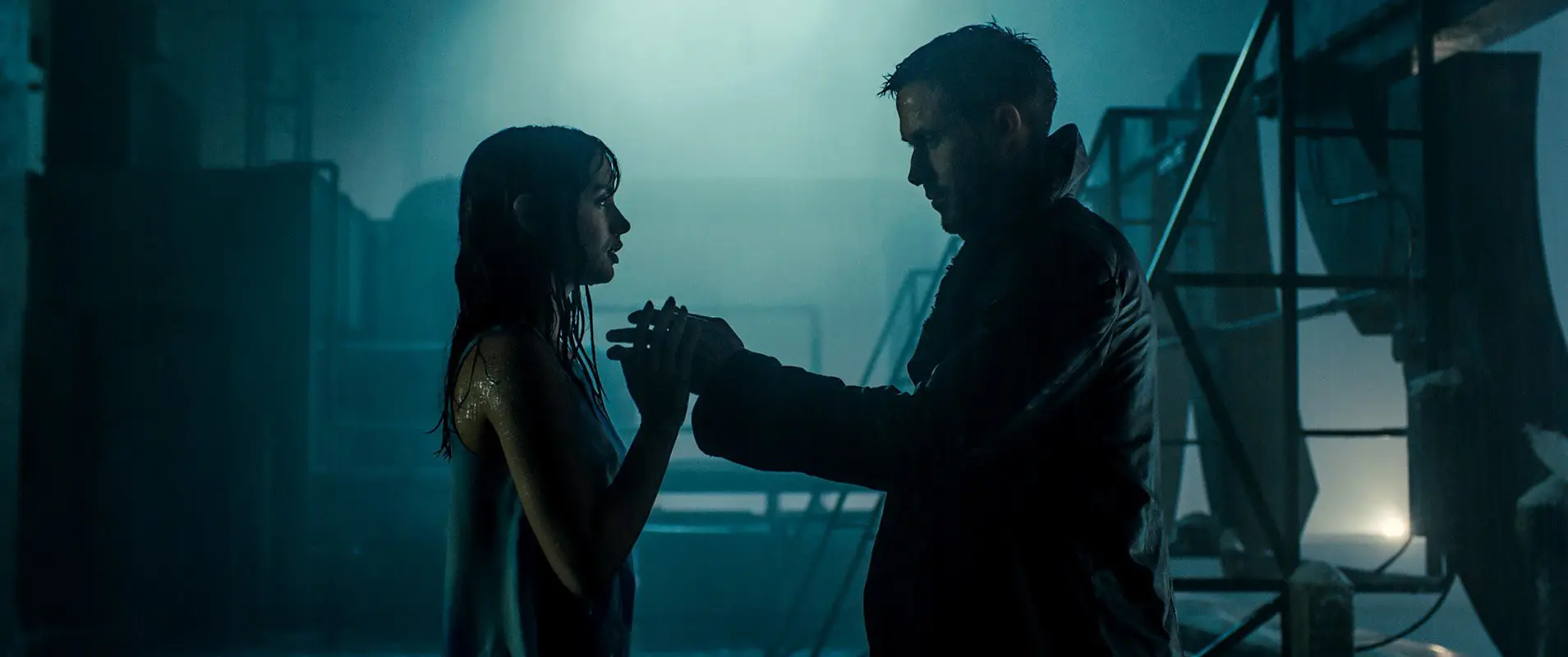
When it comes to the performance, Blade Runner 2049 was very consistent with the original. The original had dreamlike dialogues, and the cinematography complimented that. Similarly, Blade Runner 2049 was just the same. It always felt like the same world we saw in 1982, giving it the perfect feeling of a sequel. Harrison Ford, Sean Young, Rutger Hauer, Joe Turkel, everyone was fabulous in the original film. And in Blade Runner 2049, there were amazing performances as well. Harrison Ford, Ana De Armas, Jared Leto, Sylvia Hoeks, Robin Wright, and others were absolutely astounding. But, it was undeniably an amazing performance from the lead actor, Ryan Gosling. He truly showed his versatility in Blade Runner 2049, making it one of his finest films yet.
4. Soundtrack – Vangelis is still the king with Blade Runner
This is a department which I would give to Blade Runner. Now, I absolutely love Hans Zimmer and his score in Blade Runner 2049. His music is worth dying for and his score in Interstellar is still among my favorites. But, what Vangelis was able to pull off in the original Blade Runner was divine. Love is by far the most touching music I have ever heard in any movie. Yeah sure, you can call me biased, but the intro music and the music from the Tears in Rain monologue still echo in my ears to this day.
5. Visuals – Blade Runner 2049 builds further on the original
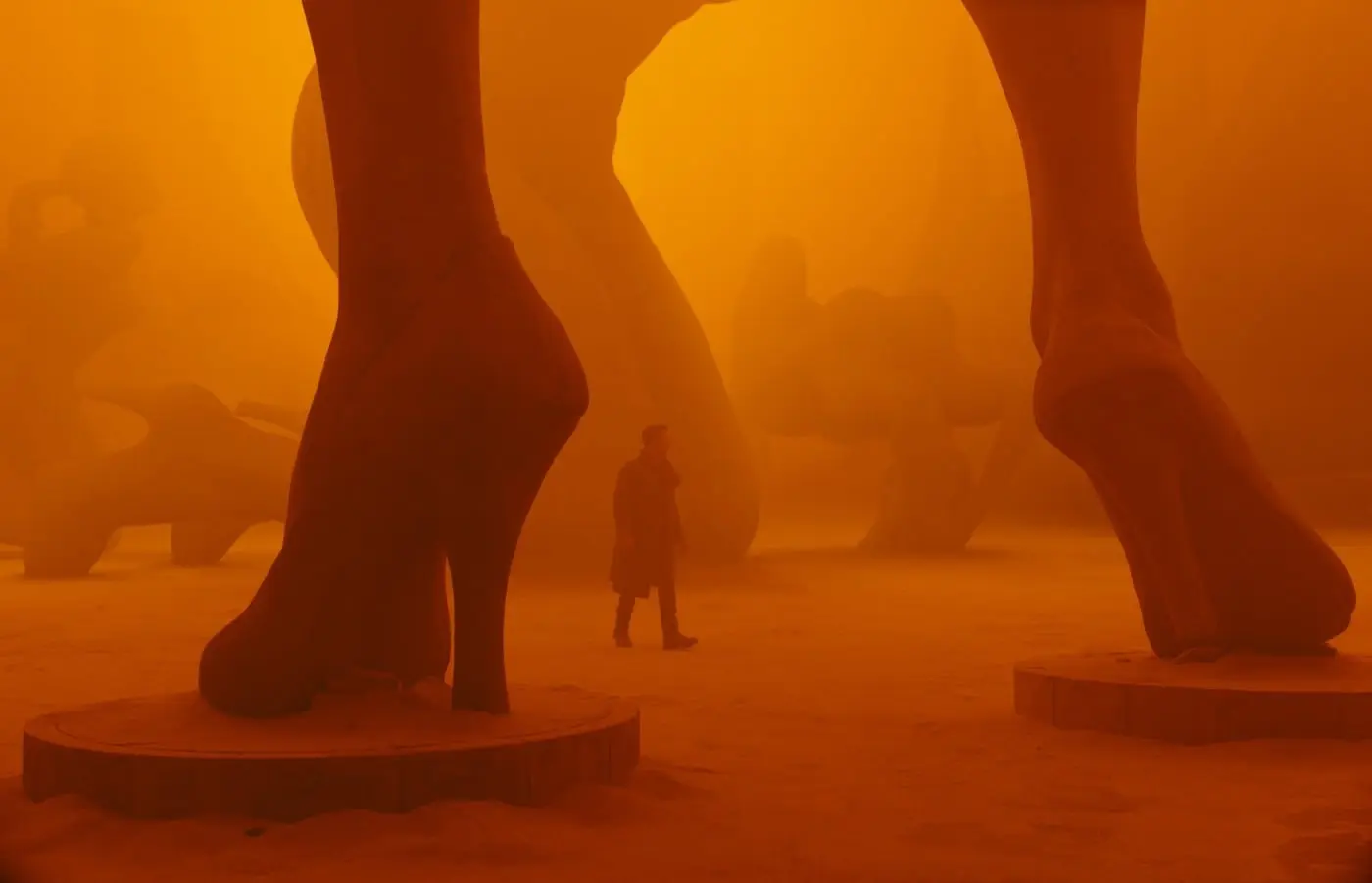
There’s no doubt that the original Blade Runner blew everyone away with its visual effects. Even though the theatrical releases were not as impressive, the Director’s Cut and the Final Cut truly showed what was Ridley Scott’s vision with the film. But with Blade Runner 2049, the studio really outdid itself. The scenic views from that movie were breathtaking, and they put modern CGI technology and cinematography to perfect use. Roger Deakins did extreme justice to Blade Runner 2049 in terms of cinematography, even outperforming the original Blade Runner.
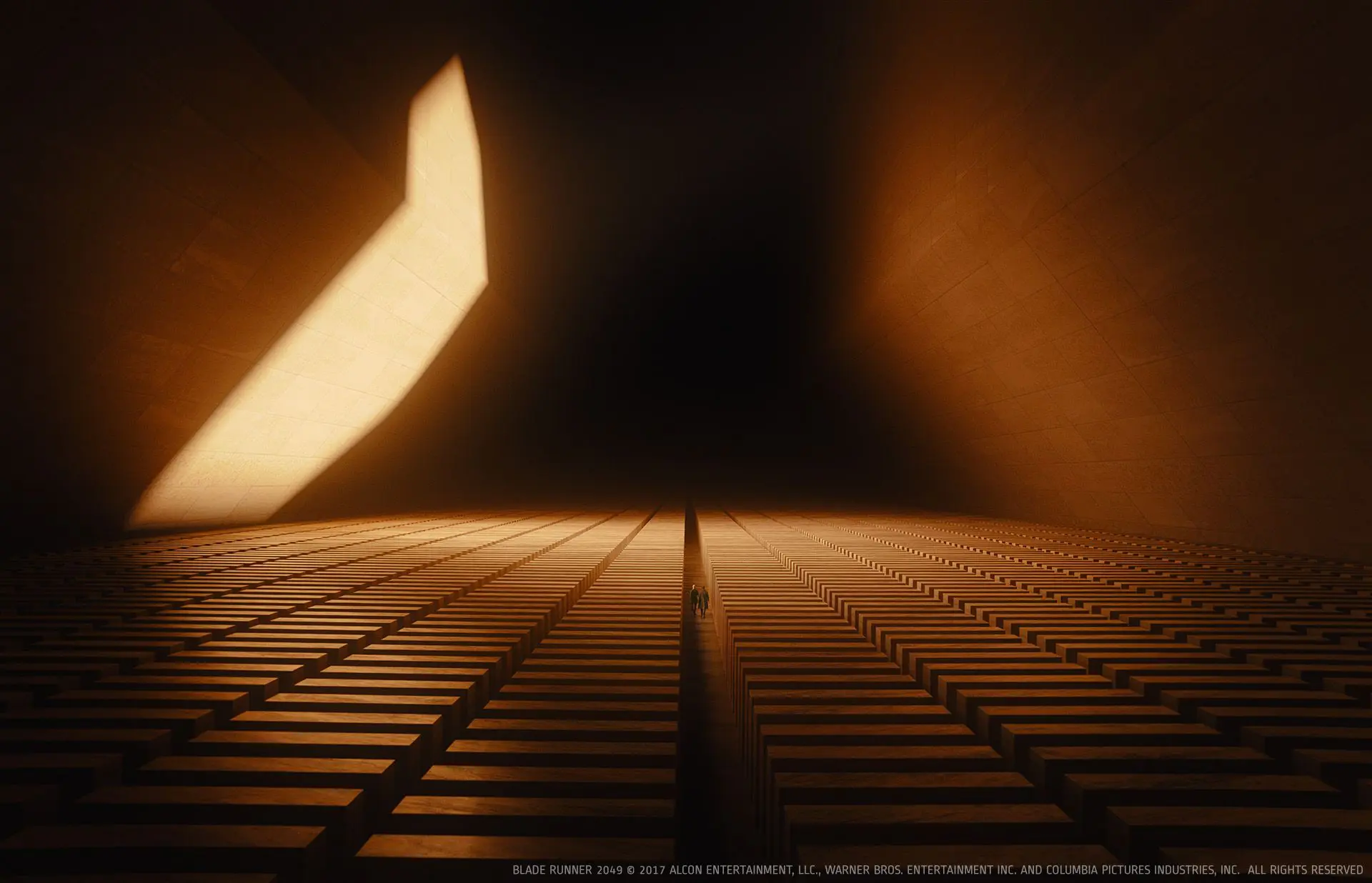
The final verdict
Now, I’m someone who always tries to preserve the sanctity of the originals, no matter what. After all, it came into existence out of nothing, whereas sequels always have a platform and criteria to build upon. I even say the same about songs, where I prefer originals almost 95% of the time, compared to covers.
However, Blade Runner 2049 was so fantastically made and executed that I’m forced to say that it is in many ways better than the original. Be it the plot, world-building, or visuals, it well and truly outshined the original. Even though I believe the original soundtrack by Vangelis was better, Blade Runner 2049 truly showed what studios can achieve by completely backing the directors and creators. It is one of the finest films ever made, bordering close to perfection. And it’s a tragedy that both these films couldn’t perform well in the box office. The original Blade Runner could only earn $41 million, while Blade Runner 2049 still fared well with $260 million.
This goes to show how box office numbers are not a reliable indicator at all of how good a film actually is. What do you guys think about Blade Runner 2049? Do you believe it is better than the original? Let us know in the comments below!

